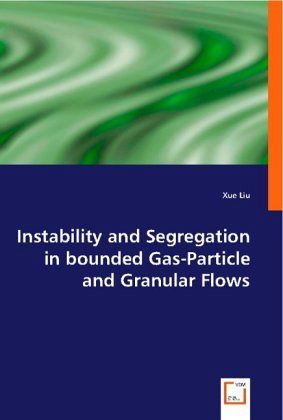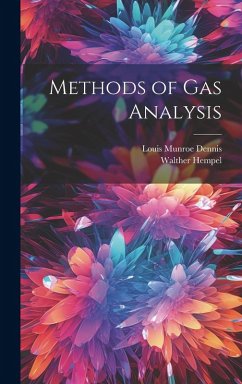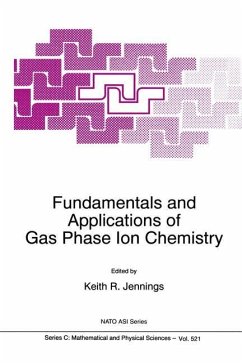
Instability and Segregation in bounded Gas-Particle and Granular Flows
Versandkostenfrei!
Versandfertig in 6-10 Tagen
52,99 €
inkl. MwSt.

PAYBACK Punkte
26 °P sammeln!
Fluid-particle and granular flows exhibit rather complex behavior, for example, the occurrence of bubbles and clusters in gas-particle flows, and clogging and size segregation in granular flows. This work is to advance our understanding of granular and gas particle flows using computational simulations. In gas-particle fluidized beds, confined between parallel solid walls, non-uniform solids distribution is observed and the flow profiles are strongly related to the physical and operating parameters, such as particle inelasticity, gravity, bed width and mean solids fraction. A stability analysi...
Fluid-particle and granular flows exhibit rather complex behavior, for example, the occurrence of bubbles and clusters in gas-particle flows, and clogging and size segregation in granular flows. This work is to advance our understanding of granular and gas particle flows using computational simulations. In gas-particle fluidized beds, confined between parallel solid walls, non-uniform solids distribution is observed and the flow profiles are strongly related to the physical and operating parameters, such as particle inelasticity, gravity, bed width and mean solids fraction. A stability analysis has been carried out to investigate the instabilities in gas-particle flows and the generation of cluster, bubbles or streamers in gas-fluidized beds.
For boundary driven and body-force-driven granular flows and gas-particle fluidized beds with polydisperse particle mixtures, the particle species segregation is enhanced with a decrease in the system elasticity, an increase in the average solids fraction or an increase in the size ratio, due to the competition of diffusion forces. The distribution of granular energy and its effect on the segregation is also considered in this work.
For boundary driven and body-force-driven granular flows and gas-particle fluidized beds with polydisperse particle mixtures, the particle species segregation is enhanced with a decrease in the system elasticity, an increase in the average solids fraction or an increase in the size ratio, due to the competition of diffusion forces. The distribution of granular energy and its effect on the segregation is also considered in this work.












